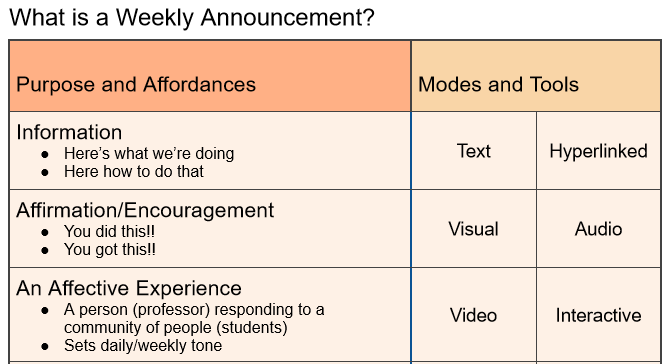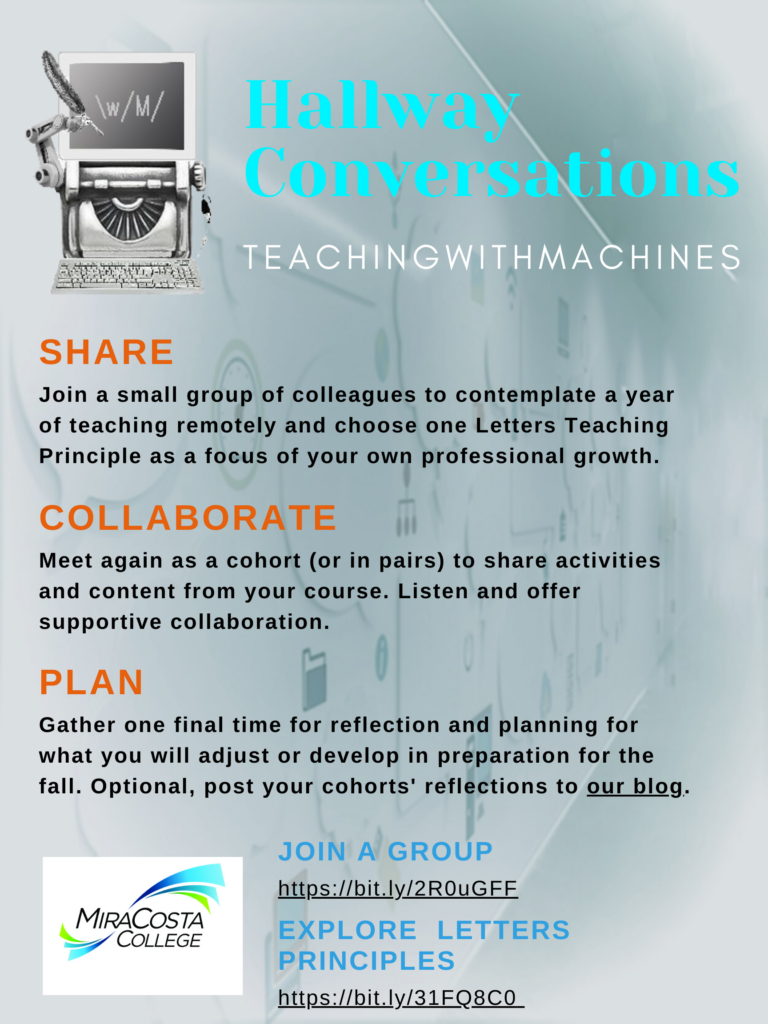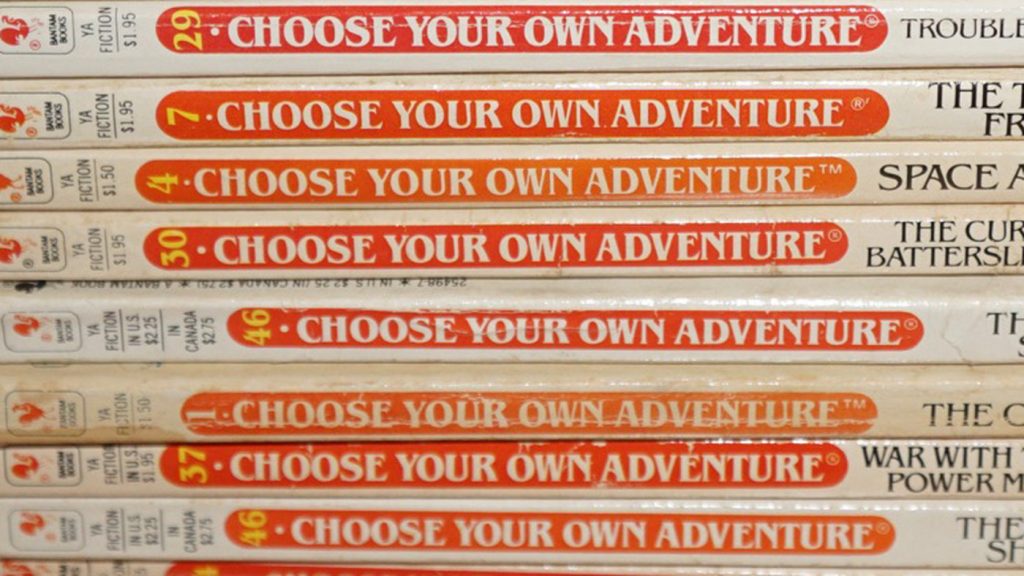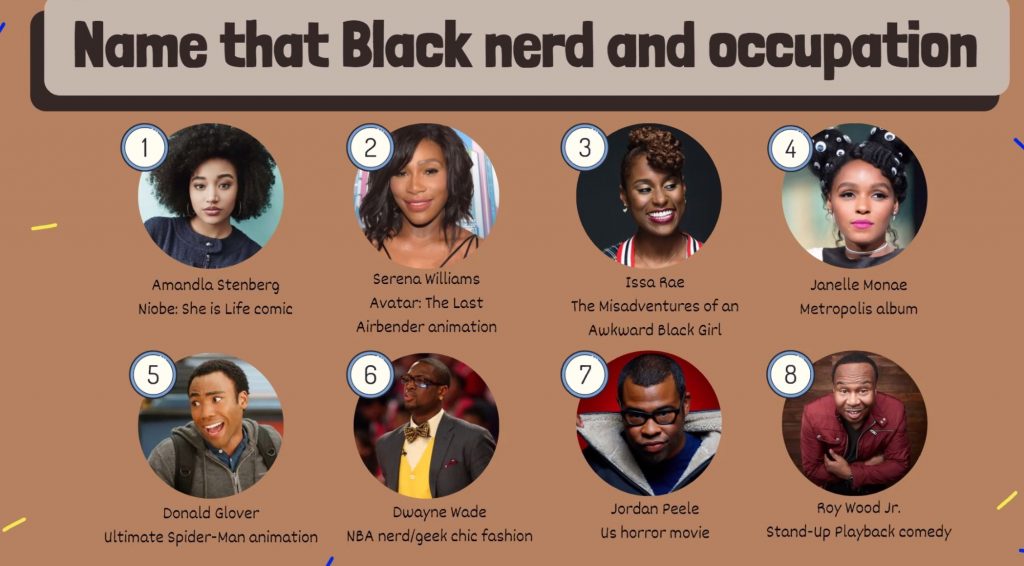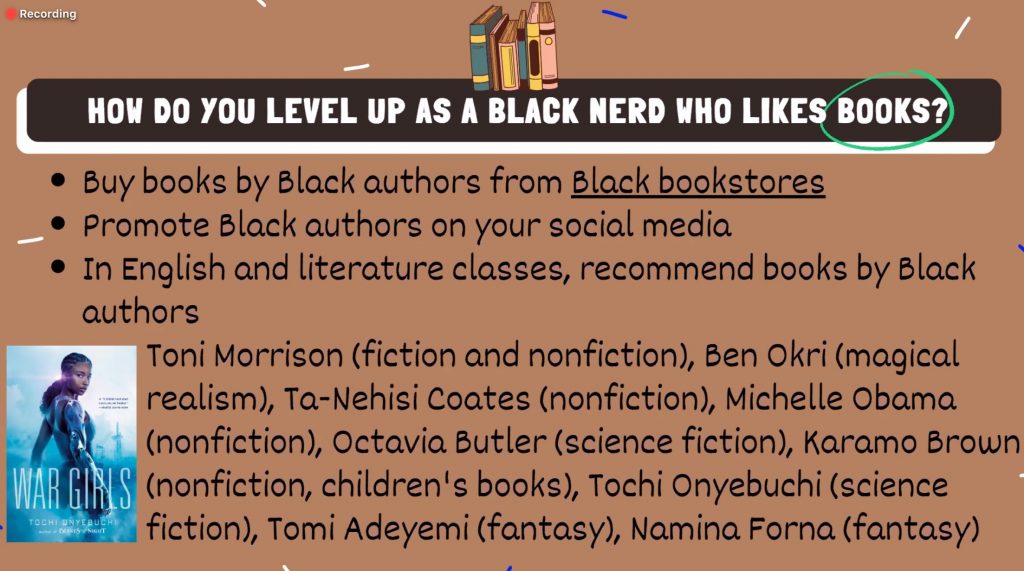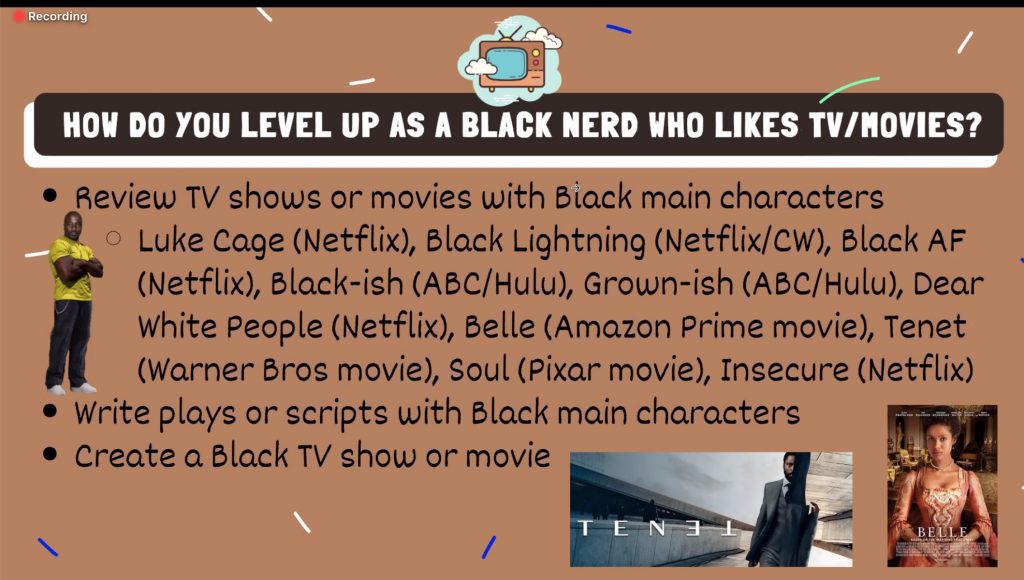Tech innovators aspire to move fast and break things. Well, one of the things they’ve broken is my class. And there’s nothing I can do this semester (or the next) except enter into my broken class with my students and together dialogue over what processes, tools, and content still have value and then sharpen our techniques and deepen our knowledge in pursuit of the goals we set.
WritingwithMachines is officially on hiatus in the Letters department at MiraCosta college in the fall of 2023 to focus on a program-wide portfolio project for our 100-level composition course. What I am excited about is the way this project centers process and reflection in the student’s writing-reading experiences. The constraints of the final essay draft are no longer enough to inspire an investment of time and labor in developing ideas for a considered audience by crafting effective forms. For most students, they never were enough. The portfolio project we’re engaging encourages students and professors to play within an array of processes and source materials; to interpret texts with an awareness of the ways our cultural and/or personal experiences inform our reading; and to strive to engage the attention of others by making our own audience-aware texts. In short, this semester, professors and students alike in ENGL 100 will emphasize the value of showing our work.
I am still active in conversations around campus about the ways we (continue to) read and write with machines, and from time to time I will post to this blog if for no other purpose than to organize helpful frameworks and perspectives for myself.
In all, I am holding a deep epistemological and pedagogical humility. And I am finding as I apply this in dialogue with my colleagues and with my students, I am discovering hope.
Have a great semester my friends 🙂


